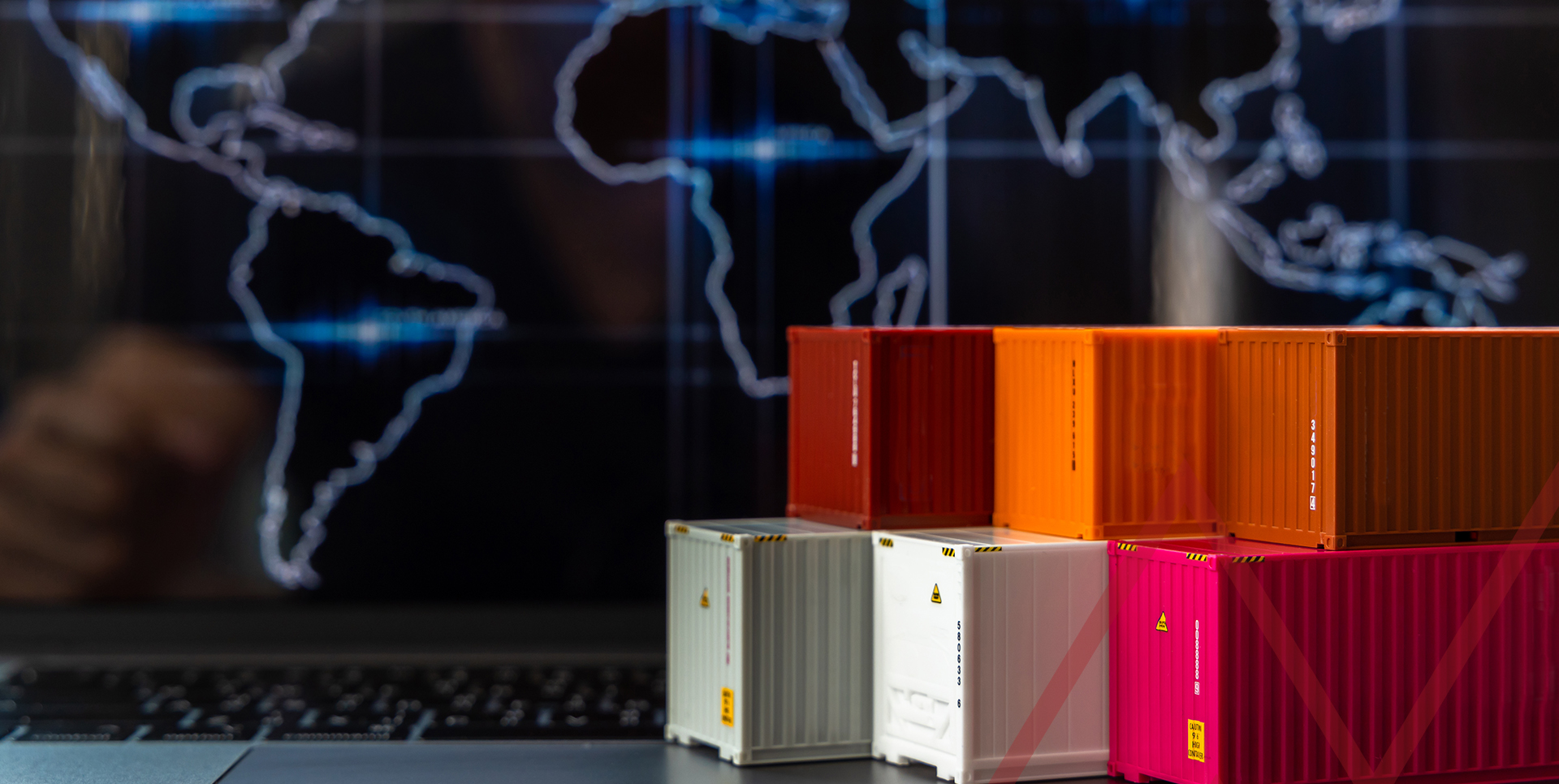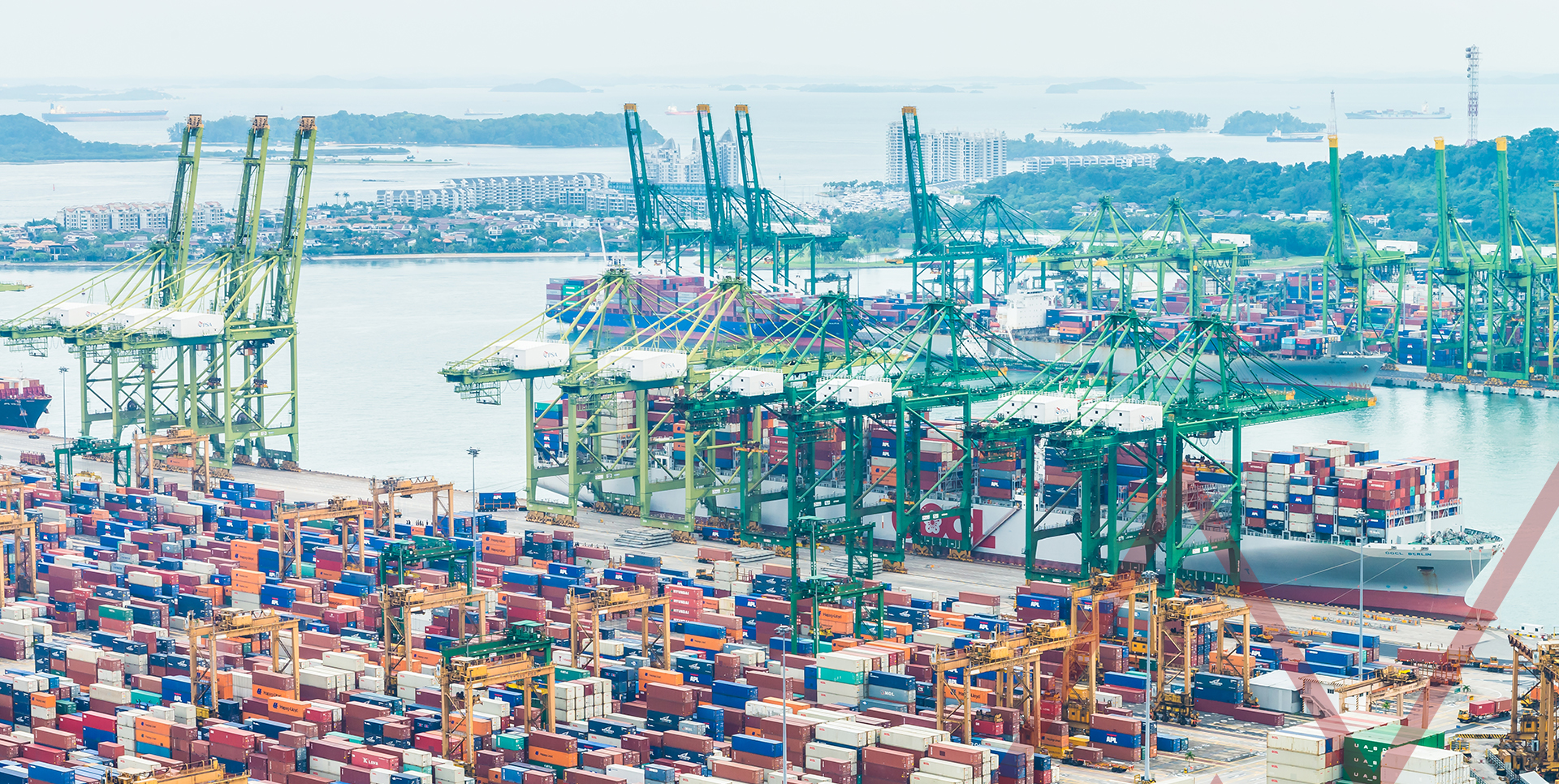Global Growth Fueled By Remittances From Middle East

The Middle East and North Africa as a Hub for Skilled Migration
In recent years, the Middle East and North Africa (MENA) region has emerged as a prominent destination for skilled migrants, leading to a surge in outward remittances. As global migration patterns and financial flows evolve, international remittances have become a key driver of economic growth and human development.
With 281 million international migrants worldwide, remittances have risen dramatically, increasing by 650% from 2000 to 2022, reaching $831 billion. A significant portion of these funds is sent by expatriates to countries classified as developing, making a substantial impact on their GDPs. Notably, in 2022, remittances surpassed foreign direct investment (FDI) for the first time, further underscoring their importance in global financial flows.
Shifting Dynamics in the Remittance Landscape
Traditionally, Western economies such as the United Kingdom, France, and Germany dominated the remittance landscape. However, a shift has occurred, with countries in the Middle East, including the UAE and Kuwait, joining Saudi Arabia as leading sources of remittances by 2020.
This change can be attributed to the growing economic influence of these nations, coupled with expanded labor market opportunities and a welcoming stance towards expatriates across various skill levels.
The MENA Region’s Rise as a Top Migration Destination
The MENA region has solidified its position as a top destination for international migrants, particularly those with high skills. Gulf governments have actively pursued policies to attract and retain talented individuals from around the world, helping the region overtake Asia-Pacific as the preferred destination for job seekers.
This influx of migrants has led to significant outward remittances from countries like Saudi Arabia and the UAE, where expatriates constitute a substantial portion of the population. In Saudi Arabia, remittances account for approximately 4 percent of GDP, while in the UAE, they represent about 8 percent. These figures highlight the critical role that remittances play in both sending and receiving economies.
The Role of Remittances in Global and Local Economies
Saudi Arabia and the UAE have become major players in the global remittance market, ranking second and third, respectively. The financial support provided by these remittances is not only a lifeline for individuals but also a significant force in global economic development. Research indicates that remittances are used to meet various needs, including humanitarian aid, emergency expenses, education, and healthcare.
The Need for Speed and Security in Remittance Transfers
Remittances often serve as a vital source of support in times of crisis, emphasizing the need for fast, secure, and reliable money transfer solutions. High fees and unfavorable exchange rates remain challenges, creating a demand for more transparent and cost-effective remittance services to ensure that individuals can efficiently support their loved ones.
The Digital Transformation of Remittance Services
Digital solutions, such as Careem Pay, are increasingly becoming the preferred method for sending remittances, thanks to their ease of use and enhanced security. In countries like the UAE and Saudi Arabia, over half of the residents now use digital apps for cross-border transactions instead of traditional methods. These digital platforms have revolutionized remittance practices, offering unprecedented accessibility and efficiency.
Careem Pay, for example, has made a significant impact by processing transfers in an average of seven minutes, allowing users to send money to new beneficiaries within minutes. This speed and efficiency are crucial, particularly in emergencies where time is of the essence.
Remittances as a Force for Economic Empowerment
The ongoing shift in migration patterns toward economic hubs like the Middle East is reshaping global remittance flows. Coupled with the region’s growing digitalization and platforms like Careem Pay, these changes are making it easier and more secure for individuals to support their families and communities back home.
Remittances from the Middle East are more than just financial transactions; they are lifelines that empower global economies. As migration trends continue to evolve and digital solutions become further integrated into financial systems, the significance of these cross-border funds will only increase, bridging gaps between economies and improving the lives of millions worldwide.









